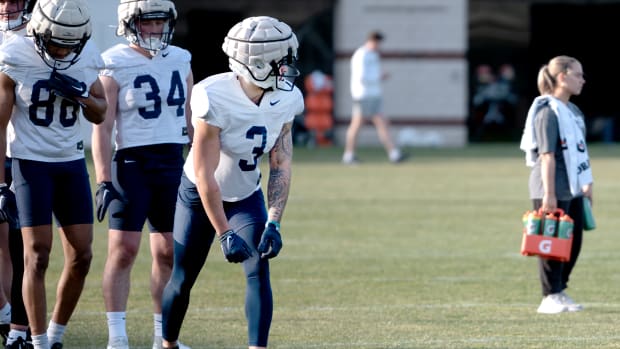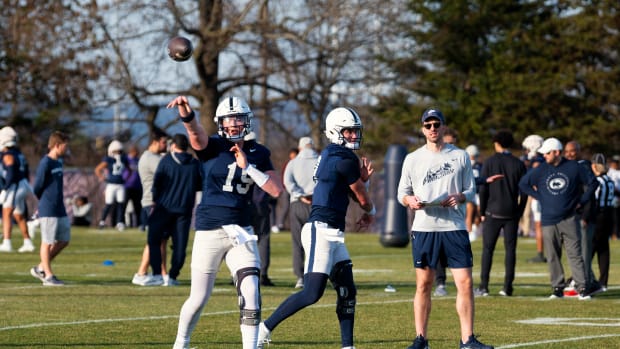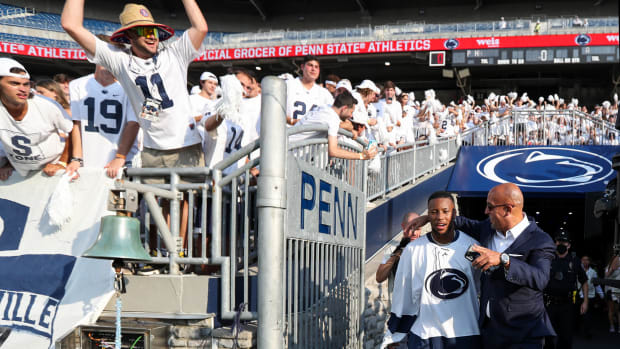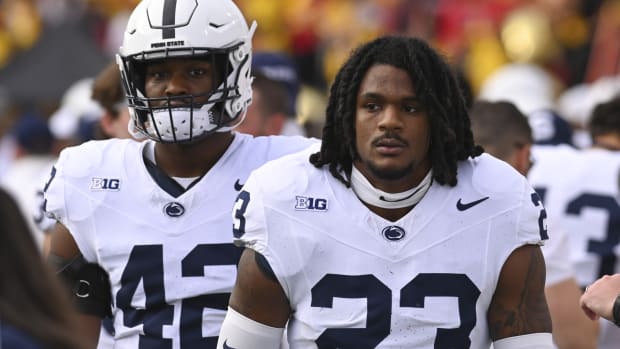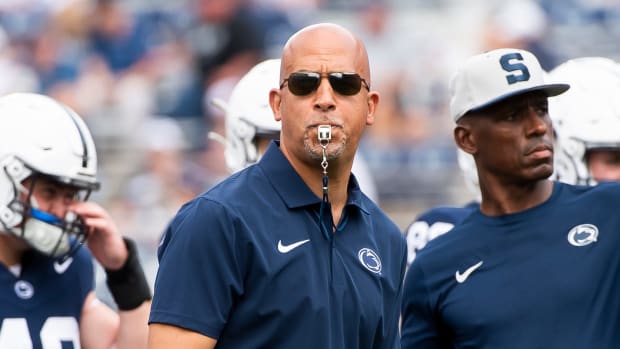Pennsylvania Makes Plans for 2020 High School Fall Sports Season
Pennsylvania high school sports will continue on schedule this fall but with contingencies for flexible scheduling and likely without fans.
The Pennsylvania Interscholastic Athletic Association on Wednesday released a 25-page "Return to Competition" document that issued guidelines for practice, play and officiating. It offered safety recommendations by sport and an initial no-spectator plan for games.
What could sports look like in Pennsylvania this fall, if they happen? Here's a look.
Three restart scenarios
The PIAA offered three options for districts and schools to resume play. The first follows the PIAA's regular schedule, in which heat acclimatization begins Aug. 10 and practice starts Aug. 17 at the earliest. Football season would begin with "Week 0" on Aug. 28.
Under an alternate-start scenario, districts could begin football seasons Sept. 18 and the remaining sports season Sept. 14.
In a hybrid plan, the fall season could begin no later than Oct. 5.
The PIAA will announce plans for a rescheduled championship season later this summer.
What if an athlete tests positive?
Teams that report positive tests among athletes must quarantine for 14 days, according to the PIAA's Sports Medicine Advisory Committee.
If teams are unable to play, regular-season games could be rescheduled. Postseason games likely would be canceled.
What about fans?
There won't be any, at least initially. Because of state mandates regarding public gatherings, spectators will not be permitted at sporting events from K-12.
“The addition of visitors and spectators will be contingent upon future health conditions within the state and local communities," the PIAA said.
When might spectators be allowed? That would be up to Gov. Tom Wolf. The PIAA does make recommendations for spectators, though, including face masks and distancing in bleachers.
Assessing risk
The National Federation of High Schools called football a "higher-risk" sport because of its close, sustained contact and "high probability that respiratory particles will be transmitted between participants."
Field hockey, soccer, tennis and volleyball are considered 'moderate-risk" sports.
To mitigate risk in football, the PIAA's recommendations include face shields for players that are integrated into helmets; reduced roster sizes; extended sidelines and no pre- or postgame handshakes.
What's next?
The PIAA's "Return to Competition" document merely is a primer that must follow state guidelines and could be made moot by policy changes from the governor's office. The document also states that sports participation is voluntary for athletes and schools.
But the PIAA sounded multiple hopeful tones that schools at least will be able to begin their sports seasons.
The PIAA's Sports Medicine Advisory Committee acknowledged numerous "what-ifs" regarding playing sports amid the COVID-19 pandemic but added that "a big one may be the 'what-if' we don't try..."
"Based on currently known information, the PIAA Sports Medicine Committee believes that strict adherence by schools and teams to their school-adopted plans and the Governor’s School Sports Guidance should provide a reasonably safe environment for student-athletes to participate in interscholastic athletics as currently scheduled," the committee said.
Added the PIAA, "While we all remained concerned about the dangers of COVID-19, PIAA believes it is essential to the physical and mental well-being of high school students across the Commonwealth that efforts be made to return to physical activity and athletic competition where that can occur in a reasonably safe environment."
Get the latest Penn State news by joining the community. Click "Follow" at the top right of our AllPennState page. Mobile users click the notification bell. And please follow AllPennState on Twitter @MarkWogenrich.
